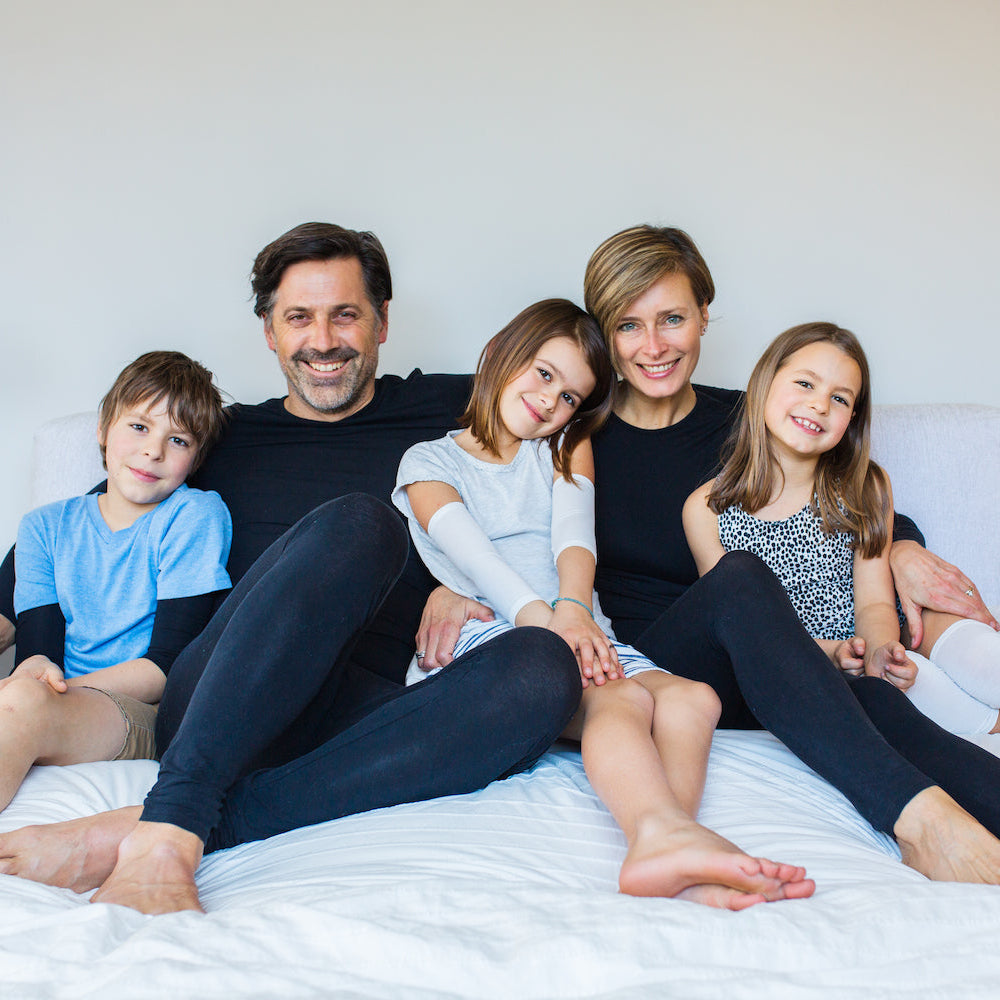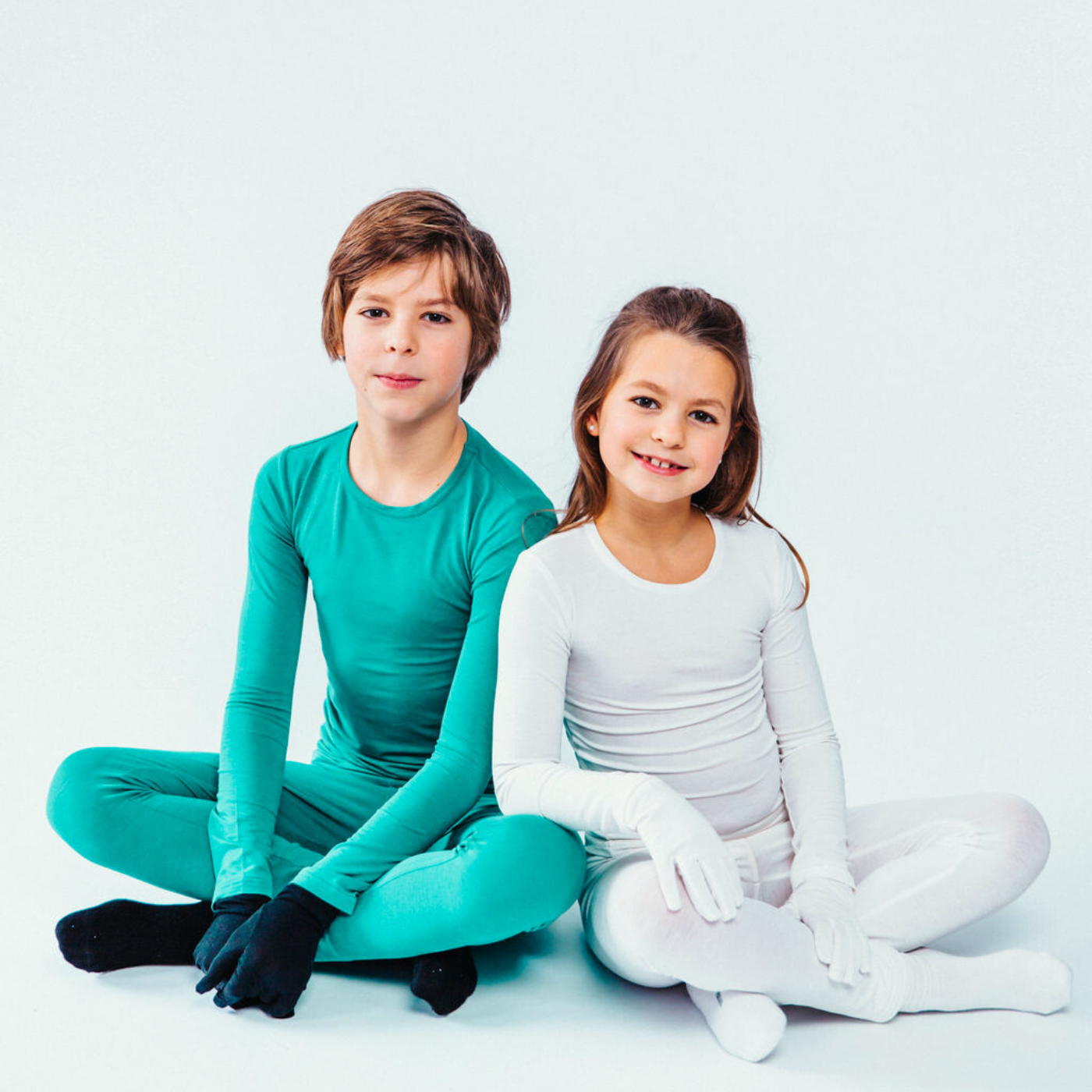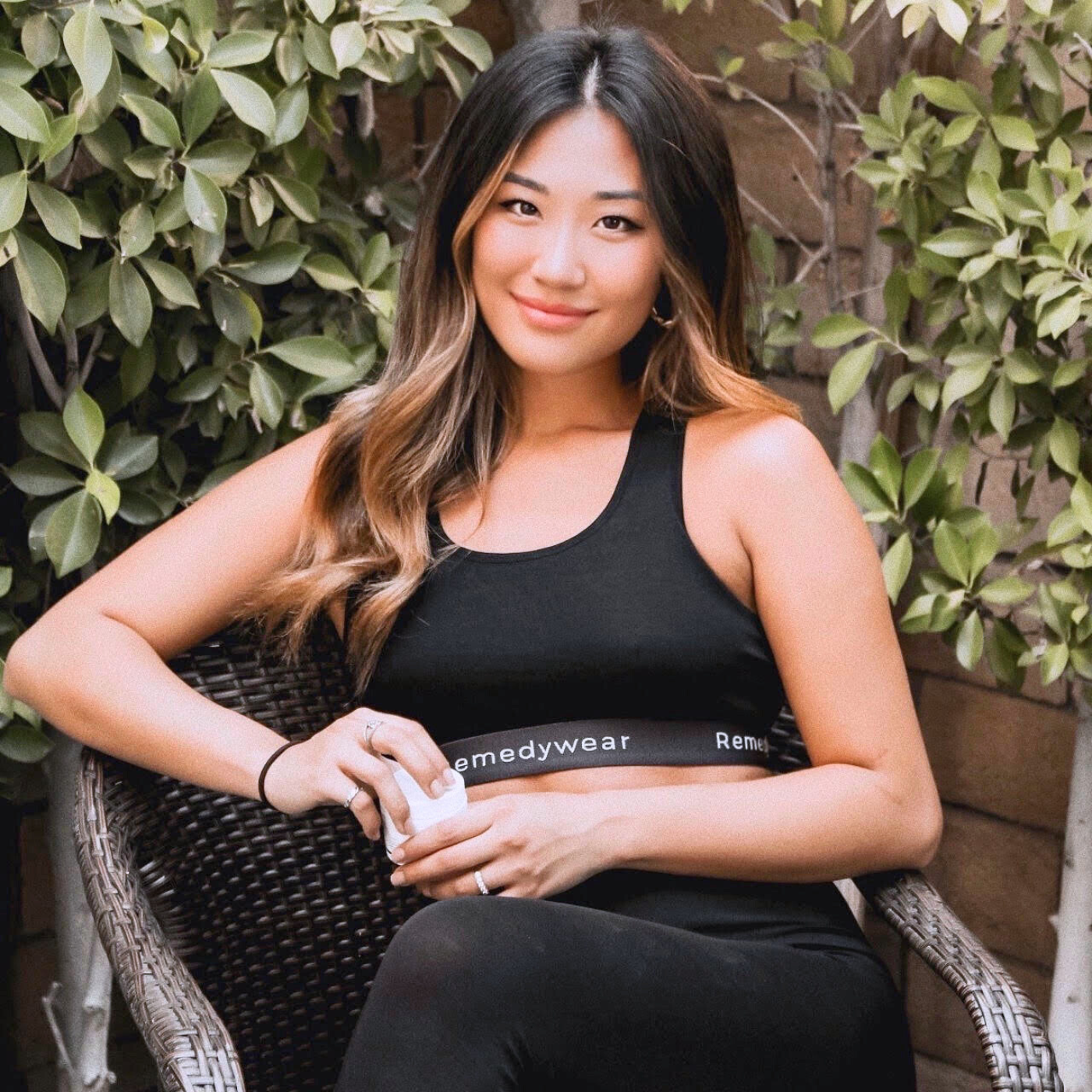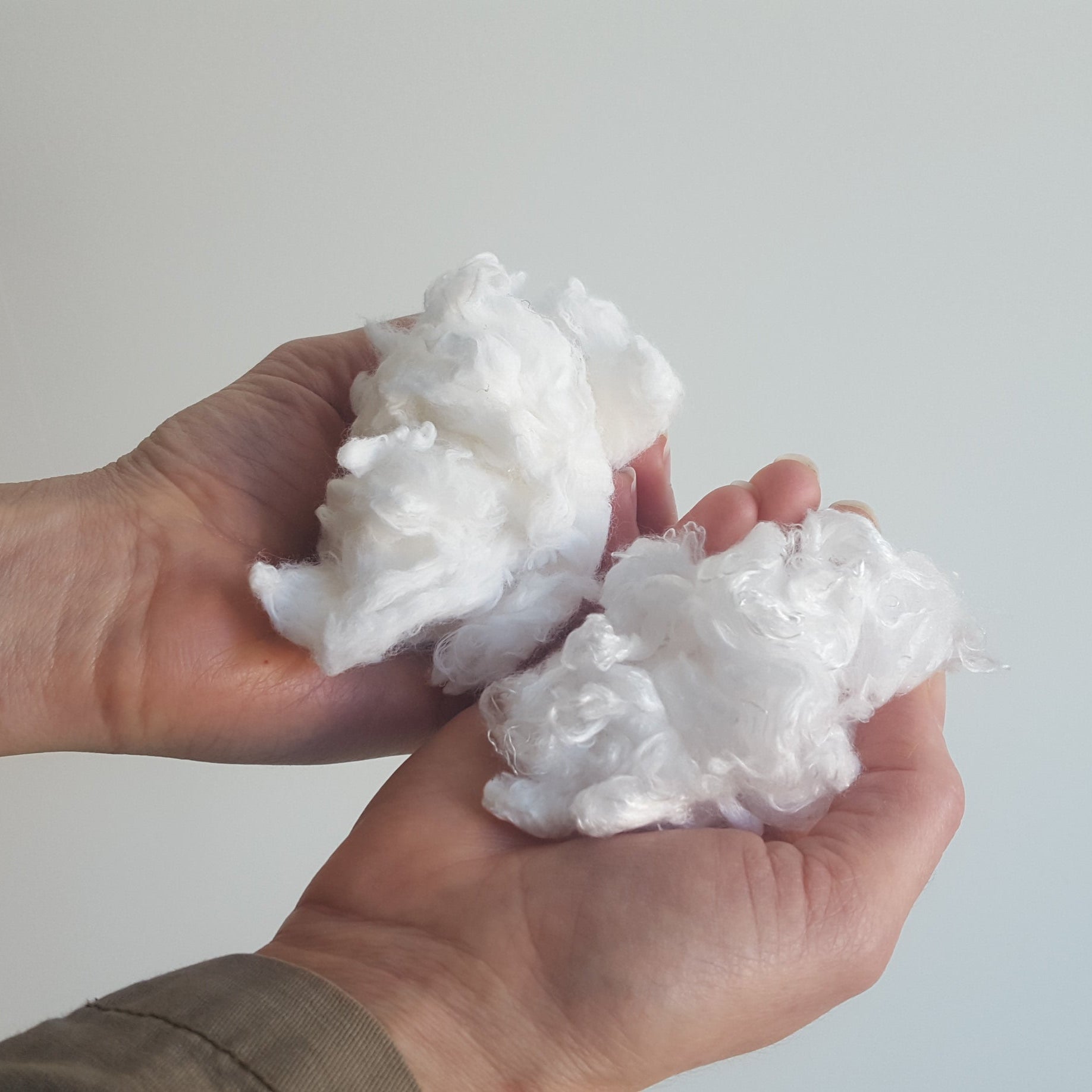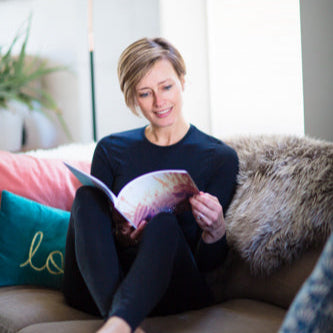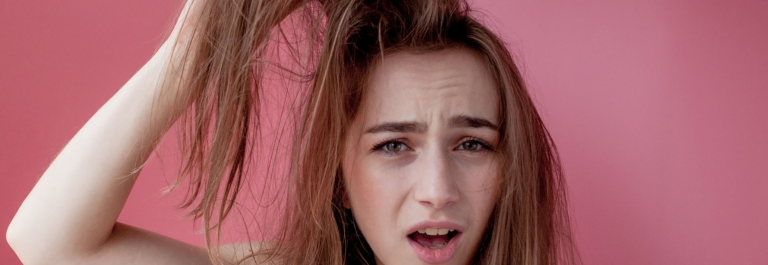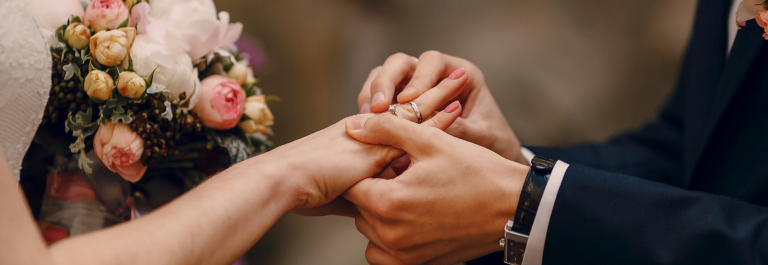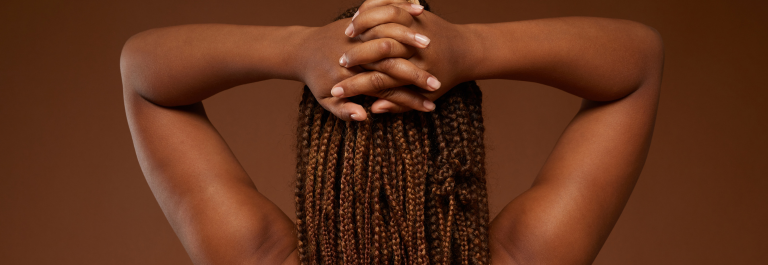This is a post from YoRo Naturals founder, Jennifer Roberge.
Since I was a teenager, about once a year I’d get this build up of waxy, greasy hair after the shower. It just wouldn’t wash out. It started in a very small patch next to my scalp, a type of scalp build up perhaps, and was very waxy. I’d wash and scrub it thinking it would go away, but when I got out of the shower and blew my hair dry, it would still be there- this annoying greasy hair after washing! Obviously it was not a cleanliness issue – I was baffled – I just couldn’t understand it. This happened again very recently and it kept spreading with each wash with my usual, natural shampoo, getting worse every time. Next thing I knew, my entire head was a greasy mess. I was so embarrassed I had to wear a hat. When I was younger and wasn’t informed about the benefit of non-toxic skincare, I used a plethora of shampoos I wouldn’t touch with a 10 foot pole now. But I still would develop this waxy buildup that wouldn’t wash out of showering. So, we can’t blame the natural products I use now for being less effective because I saw the same lack of results with the normal drug-store shampoos.
What causes this greasy, waxy hair?
According to Dr. Peter Lio, board certified dermatologist and the founder of the amazing Chicago Integrative Eczema Center, it’s very likely a form of seborrheic dermatitis, a type of eczema of the scalp.
“Seborrhoeic eczema (American spelling is ‘seborrheic’) is a common, chronic or relapsing form of eczema/dermatitis that mainly affects the scalp and face. There are infantile and adult forms of seborrhoeic eczema. It is sometimes associated with psoriasis (sebopsoriasis).” Source Dermnet NZ
According to Dr. Lio, “the first part (of seborrheic dermatitis) is increased oil production, then the malassezia yeast overgrows, then the immune system gets mad, then you get scales and redness. Dandruff is an uninflamed form of seborrheic dermatitis. Dandruff presents as bran-like scaly patches scattered within hair-bearing areas of the scalp.” I found this very interesting because I traditionally associate dandruff (also called pityriasis capitis) with seborrheic dermatitis, but not the waxy, greasy scalp.
Dr. Lio’s theory is that this waxy, non-scaly residue in my hair was probably seborrheic dermatitis that didn’t get a chance to fully develop for some reason. It could be because my diet is so clean that I didn’t develop full-blown scales and redness, but when I was younger I was NOT eating healthy at all. Hello, Hamburger Helper and Lean Cuisines! Yikes. Thankfully those days are the past.
But that doesn’t give me much of a clue as to why my hair likes to wax out on me. Apparently there are many common triggers for seborrheic dermatitis such as; hormones, stress, weather, diet, and a genetic predisposition. So it’s likely one of these things that are responsible for the changes in my scalp.
What I find even more interesting is that I do suffer from dandruff as well, but for me it’s more chronic, unlike this waxy, greasy scalp issue that only happens once or so a year. So, apparently I have seborrheic dermatitis that manifests itself in different ways on different parts of my scalp.
How to treat the waxy buildup
In the past when this has happened, I have used – GASP – a chemical laden harsh, clarifying shampoo from the drug store. But, it stripped my hair of the greasiness after one use, so I happily went back to my regular shampoos afterward. However, this last time I decided to try a natural method. Even if it took longer to rid my hair of this greasy, waxy substance, I was determined to rid my hair of this mess naturally.
I scoured the web for ideas, and boy were there plenty! It seems this is a pretty common thing. Who knew?! I guess a greasy scalp is associated with uncleanliness, so it’s not something people want to openly discuss, except behind the privacy of an online dialog. But what I had in common with all these people with waxy scalp is that they all found washing it with normal, moisturizing shampoos is that the waxiness was worse afterwards.
Many forums I found recommended the harsh, clarifying shampoos that worked for me before. Some also recommended stripping your hair with a dishwashing soap. I did find some natural recommendations like rinsing with apple cider vinegar and tea tree oil based shampoos (which Dr. Lio recommends as well). I also read about adding baking soda to boost the cleaning power of the shampoo.
In the end, this is what I tried:
- I saturated my hair and scalp with straight Apple Cider Vinegar
(which I wouldn’t recommend as it was too strong and burned my skin! Try diluting it with the same quantity of water instead as to not burn yourself as I did.)
- I then stuffed my hair into a shower cap and let the vinegar treat my hair and scalp for 30 minutes.
- I washed it out and added about 1TBS of baking soda to a natural tea tree & dandruff shampoo and cleaned my scalp carefully with this mixture.
- I washed it out and conditioned as usual.
And….IT WORKED!!!!! YAY!
Also, in regards to the WHY this is happening – I think this type of dermatitis seems to occur when I consume a lot of dairy over a few day period. I know I am intolerant to dairy, so this must be one of the ways my body detoxes from too much cheese, milk, ice cream, etc. This theory makes sense when I look back to how often this happened when I was younger and I ate a lot of dairy. Now, I know my body doesn’t do well with it based on results from elimination diets I took.
Read More: Eczema and Diet: You Are What You Eat
[Update 3/16/2015] I’ve tried a 1/3 apple cider vinegar to 2/3 water ratio as a 5 minute pre-shampoo scalp treatment while in the shower and it seems to do the trick if I notice my hair is just starting to get greasy. I found I don’t need the clarifying tea tree shampoo or the baking soda if I catch the waxiness early on. If I wait too long again, I’ll probably need to do a more concentrated vinegar treatment with the tea tree and baking soda again.
[Update 12/19/2016] Nine months ago we installed a soft water system and I am thrilled to say that I NEVER experience the waxy build up on my scalp anymore. Before this I had been battling waxy, greasy scalp buildup continuously for the past year. All I do now is shampoo with a little extra scrubbing in the areas where I used to have the buildup and rinse with our soft water. And voila! Amazing, wax free, grease free hair! On a side note, I did invest first in a special shower head that removes chlorine and sadly this did not provide me with any improvement. I also tried using clay and the no-poo method with zero results. It wasn’t until the water softener that I can say I am free of buildup and no longer have to constantly fuss over my hair! Yay!
We installed a whole house water softener system by Culligan to remove all the chemicals and hard minerals in the water.
Ideas for staying wax and dandruff free
Although the baking soda really helped, I don’t recommend using it on a regular basis. Apparently it can be very damaging to the hair and a lot of people who use it to clean their hair with the “no-poo” method have realized this after their hair was damaged beyond repair.
Check out the science behind baking soda and other home remedies here.
Between shampoos, if things get really greasy and you need to look presentable and fast, I recommend trying a dry hair shampoo. OR make your own! It’s super simple and it’s what I do.
DIY Hair Shampoo:
I take any starch and apply cocoa powder to darken it up – apply it directly to your hair. I’ve tried carob instead and it works, but I find cocoa powder more effective, but your hair will have a slight chocolate smell. For blondes, you can just use plain starch. For brunettes, add cocoa powder until you get to a color that will disappear against your roots. Voila! DIY dry hair shampoo to cut the grease until your next shower. Works like a charm.
For a daily maintenance shampoo, look for something pH balanced and with tea-tree oil.
For a daily maintenance conditioner, if you find a regular conditioner is too heavy, apple cider vinegar seems to be helpful for dermatitis of the scalp and man, it leaves the hair so silky smooth. It seems to be gentle enough for long-term use when diluted. Why does apple cider vinegar help for dandruff and other forms of seborrheic dermatitis? It’s likely because a healthy scalp is slightly acidic, between 4.5 – 5.5. So ACV can help bring the scalp back to its ideal level of acidity – more pH balanced. Empowered Substance recommends the following ACV rinse in lieu of conditioner or cream rinse: “Dilute 1 – 2 tablespoons of apple cider vinegar in 1/2 cup of water to create this rinse. The gentle acidity of this rinse helps promote a balanced scalp and can prevent the common fungal overgrowth which leads to dandruff. Always rinse with water after using the diluted vinegar on your hair.”

